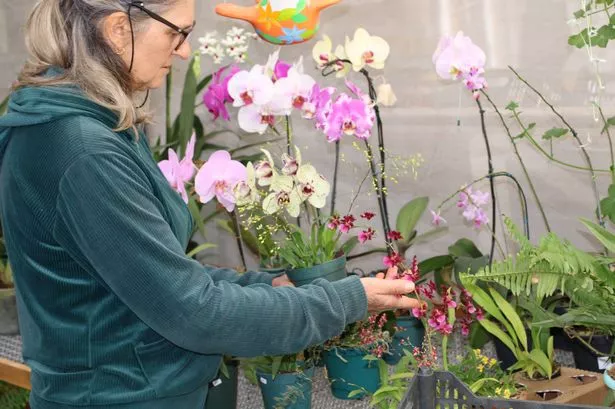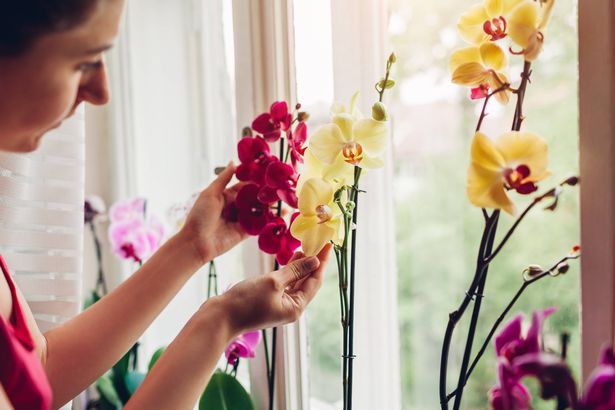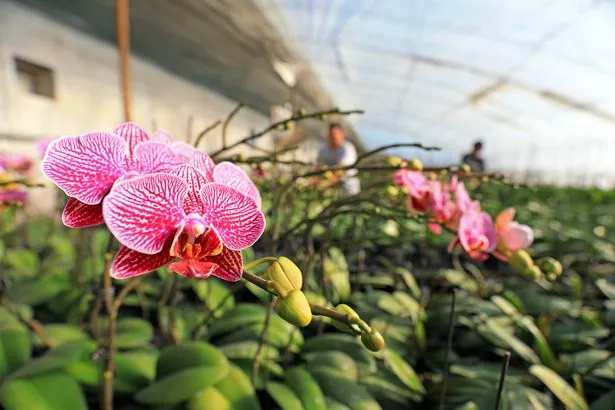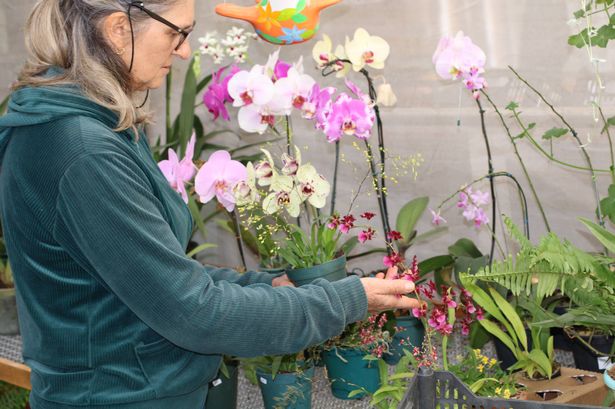Orchids are known for their beautiful flowers, but they can be tricky to coax into blooming again. Gardening expert Alan Titchmarsh has a simple pruning tip that will help
11:46, 08 Aug 2025

Orchids have become a go-to houseplant due to their stunning looks, varied species and ability to flower for months on end without needing much room. Their graceful blooms and structured stems bring a dash of class to windowsills and bookshelves.
Among the many kinds available, moth orchids (Phalaenopsis) are the top choice in the UK thanks to their hardy nature, enduring flowers and suitability to indoor environments. However, they share a common issue with many other orchid types: unpredictable blooming.
Unlike some houseplants that thrive with minimal fuss, orchids appreciate specific care, especially when it comes to pruning. Green-fingered guru Alan Titchmarsh explains that with the right approach and timing, these plants can put on dazzling displays time after time.
Orchids don’t all stick to a strict seasonal schedule; their growth cycles can differ greatly depending on the type and even the individual plant.
Marc Hachadourian, an orchid specialist, suggests that the prime time to trim, repot or split your orchid is when it’s showing signs of active root and leaf growth — not before or during flowering, reports the Express.
Messing with the plant while it’s in bloom can shorten the lifespan of the flowers and hinder future growth. So when is the best time to prune orchids?
Alan Titchmarsh points out that moth orchids, famed for their long-lasting blooms, wide, succulent leaves, and unique moth-like flower shape, should be pruned sparingly after they’ve flowered.

During a Gardeners’ World segment, the horticultural expert advised orchid enthusiasts to fight the impulse to chop stems right back to the base straight after blooming.
He warned: “The temptation is to whip the stems off now that the flowers are gone, right at the bottom… don’t you dare!
“If you look down the stem, you’ll see scales [or nodules] every so often. They’re surrounding buds, and if you only cut back to where the stem has died as little, without going any further than that, then other stems can grow.”
Adhering to this straightforward principle offers the plant its optimal opportunity to flower once more, whilst cutting beyond this point eliminates the possibility for fresh blooming spikes.

Nevertheless, there’s one caveat to bear in mind. Should an entire stem have yellowed or browned on your orchid, it’s perfectly fine to snip it off at the base, since it won’t produce flowers again.
For those uncertain about their orchid’s flowering schedule, monitoring its development patterns proves worthwhile.
Keep a keen eye out for emerging roots and foliage—these indicate the perfect timing for pruning or splitting. Since each orchid may behave uniquely across the seasons, learning through careful observation remains essential.
The Orchid Society of Great Britain suggests expecting your moth orchid to develop spikes once more when temperatures begin dropping in early autumn (September).
Flowering can potentially be triggered by relocating the plant to a chillier spot in your home for a fortnight or three weeks, irrespective of the season, before returning it to its usual, toastier location.









